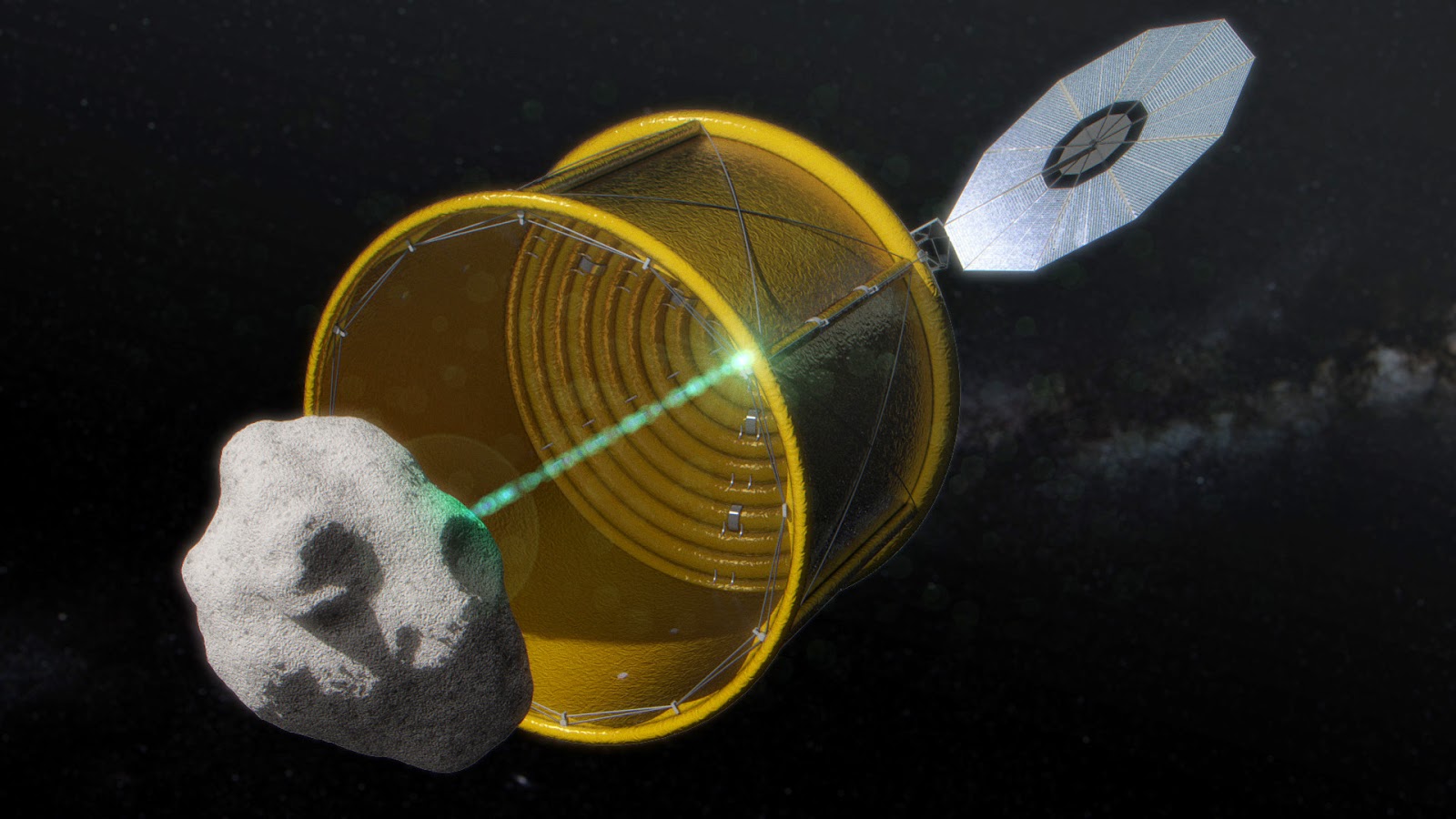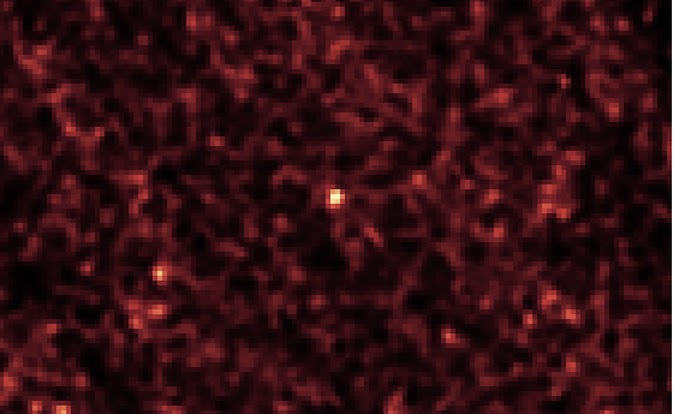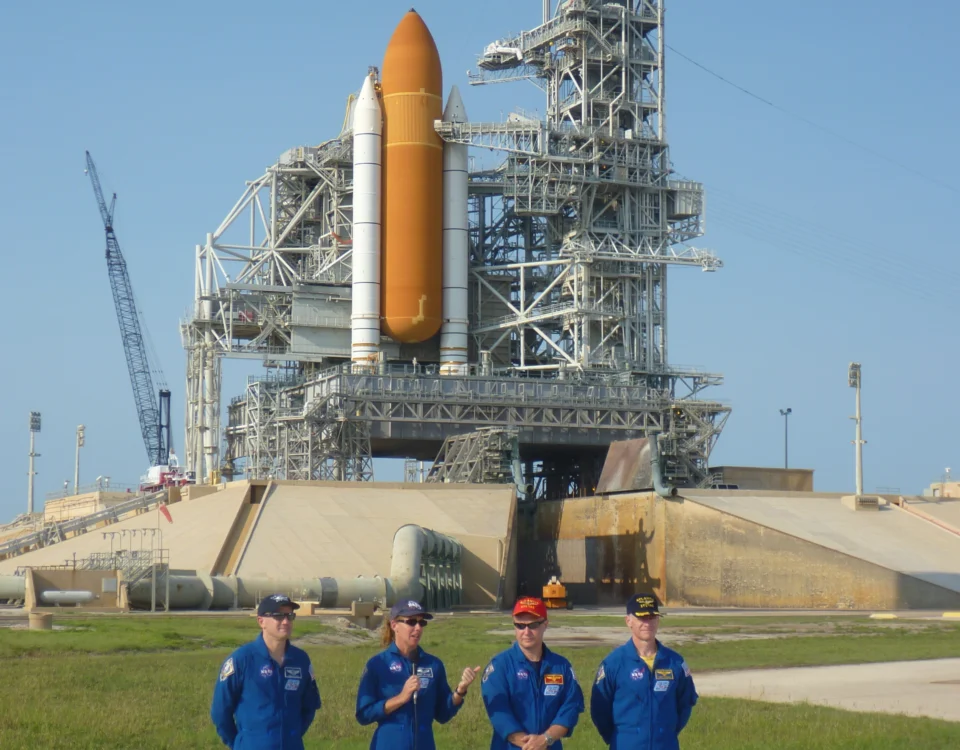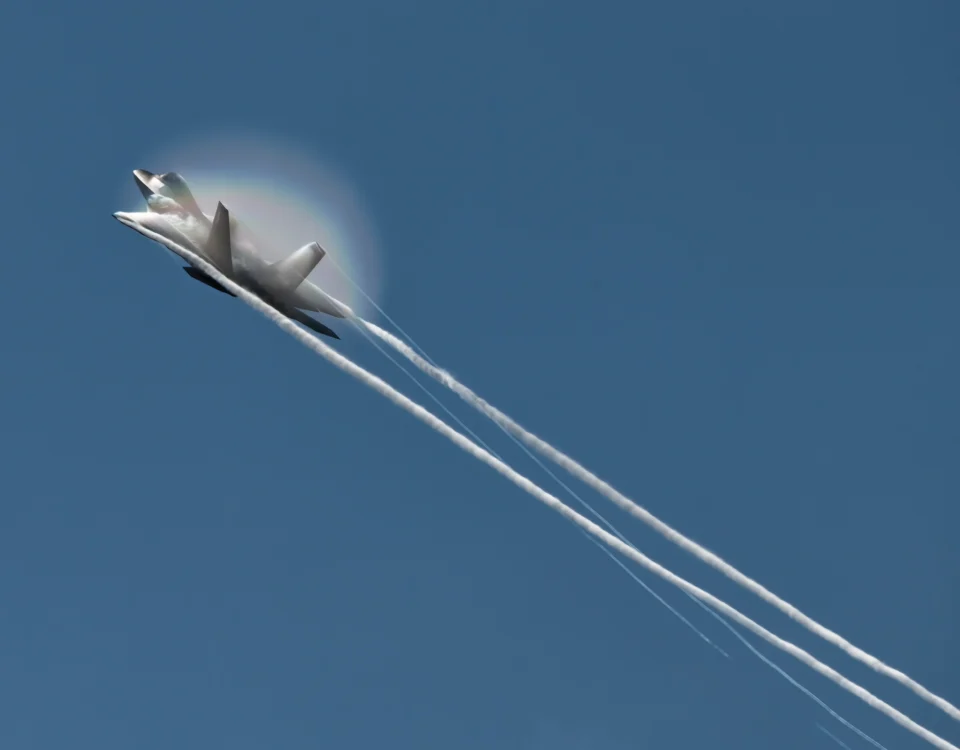In the 1970s American TV viewers were captivated by a
program titled Marcus Welby, M.D. In the
near future, the space community may be equally enthralled by a small asteroid
known as “2011 MD.”
The 20-foot rocky celestial inhabitant – estimated to be either
a collection of smaller rocks or a single rock – is being studied as a candidate
for retrieval and subsequent investigation. It’s path through the solar system has
brought it as close as 7500 miles from our planet.
The study is all part of an ambitious plan that will
hopefully be ready to get off the ground in just over a decade. The first step:
use a robotic spacecraft to capture a small asteroid – like 2011 MD – and bring
it to a new home, in orbit around the moon.
 |
|
NASA conceptual planning image of a robotic asteroid capture mission underway.
|
Once there, astronauts could journey to the newly arrived
visitor for detailed analysis of its origins and composition, shedding light on
some of the fundamental questions about our solar system. Of course, getting humans
to the moon calls for realization of the Orion vehicle and Space Launch System
rocket programs.
This type of mission is one of the benefits of the rise of
commercial space endeavors, providing NASA with the freedom to focus on
exploration.
For more, visit NASA’s Asteroid Initiative site: NASA A.I.
Related posts
March 23, 2025
February 12, 2025






